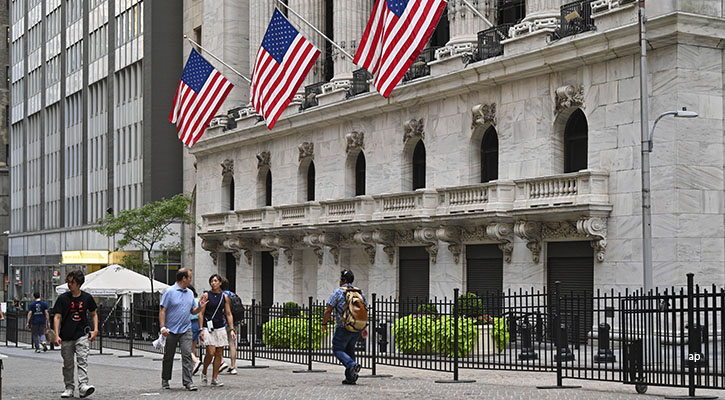One of the biggest questions stock investors have is when to sell. To shed some light on the subject, we sat down with Matt Coffina, an equity strategist at Morningstar and editor of the Morningstar StockInvestor newsletter.
Question: Matt, what are the key things that investors should keep in mind before exiting a stock position? Is a big sell-off or runup in the stock enough to raise a red flag indicating that you should get out?
Coffina: The key thing to keep in mind is how a stock's price compares to its intrinsic value. This is true both on the upside and the downside. Say some news comes out that a company's margins are going to be much higher than other investors previously anticipated, than you previously anticipated, and the stock runs up 20%. Is that a time to sell? Well maybe the fair value estimate on that stock is actually up 30%, in which case it could be an even bigger bargain than it was before the news was released.
Similarly on the downside, it depends on why the stock sold off and what the new fair value estimate is. If intrinsic value doesn't change and the stock goes down for no good reason, that might actually be a time to consider buying more, rather than selling just because the stock is down.
Question: What do you think about using a stop-loss order and cutting your losses after 20%, for example?
Coffina: That's not a good strategy in general. Peter Lynch once said, "Show me somebody that has a stop-loss order of 10% below their purchase price, and I'll show you someone that's guaranteed to lose 10%."
Stock prices move for all sorts of reasons. We have flash crashes every once in a while where the stock price is down for no reason at all. The stock price might recover within an hour. But if you had a stop-loss order sitting out there, it's quite possible that your shares will be sold at that low price, and then you won't have an opportunity to buy back.
Similarly, stocks often make their biggest moves after hours when earnings are released and other news comes out. In those circumstances, a stop-loss order won't help you at all. The stock could open 20% down, and then a 10% stop-loss order is going to cause you to sell your shares for a 20% loss. That's not really going to save you any money.
Question: One of Warren Buffett's stated rules is that he never wants to lose money. How should investors think about protecting the downside and making sure they're not going to ride a stock all the way down?
Coffina: I don't think Buffett meant that you should avoid any temporary losses in stock value, because that would be an impossible mandate even for the greatest investor of all time. I think Buffett is really talking about a permanent erosion of intrinsic value, which is to say that you buy a stock for $100 a share and the actual fair value estimate of that company falls to, say, $80 a share and never recovers. That would be a permanent impairment of capital, and that's what we want to avoid.
I think the best way to avoid that is to look for companies with wide and expanding economic moats. On the other hand, try to avoid companies whose competitive positions are deteriorating, what we would call companies with negative moat trends. These companies are in a very weak competitive position, their economic moats are shrinking, and they are likely to see a decline in intrinsic value over time. As Buffett says, time is the friend of the wonderful business and the enemy of the bad business.

















